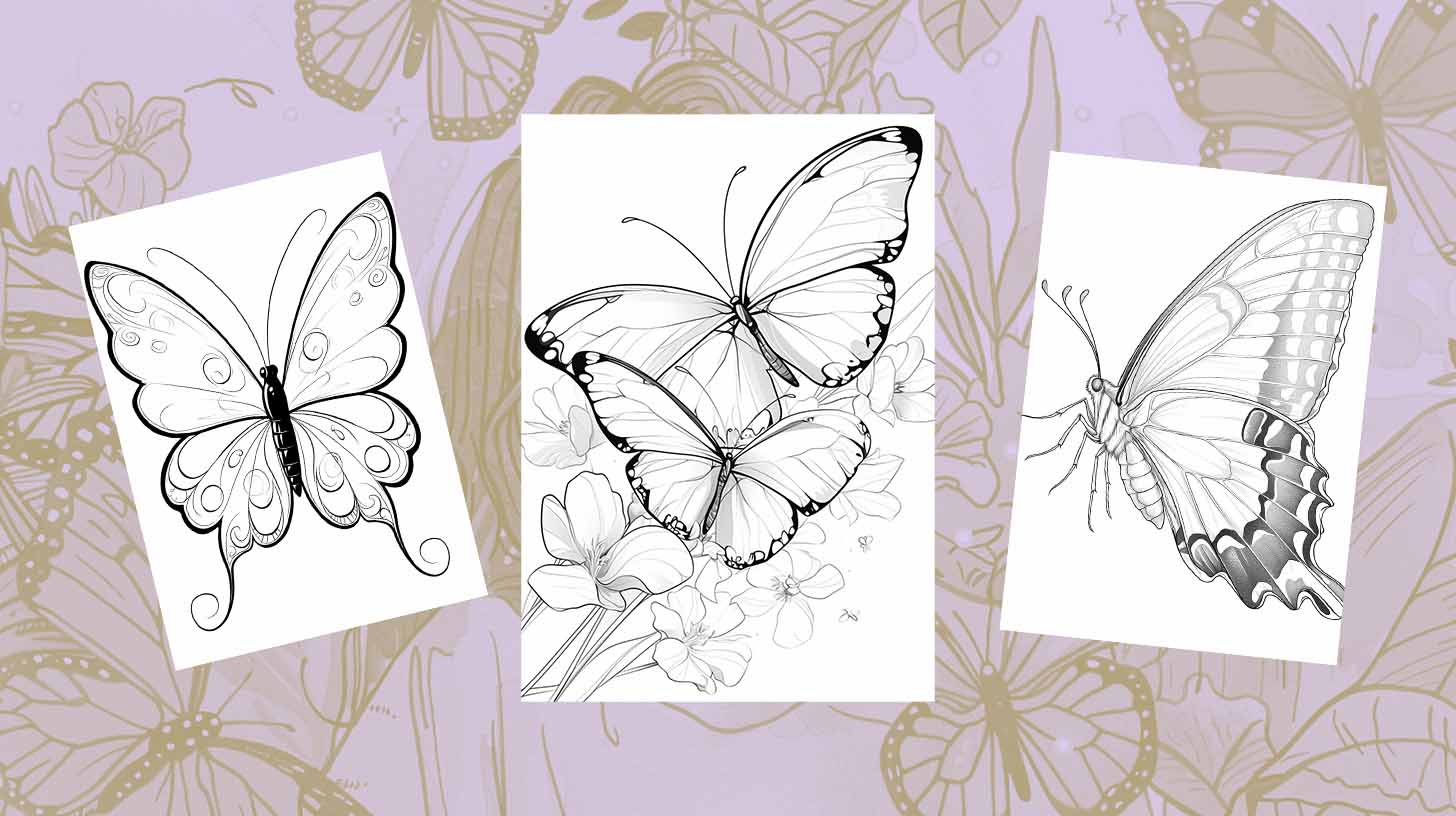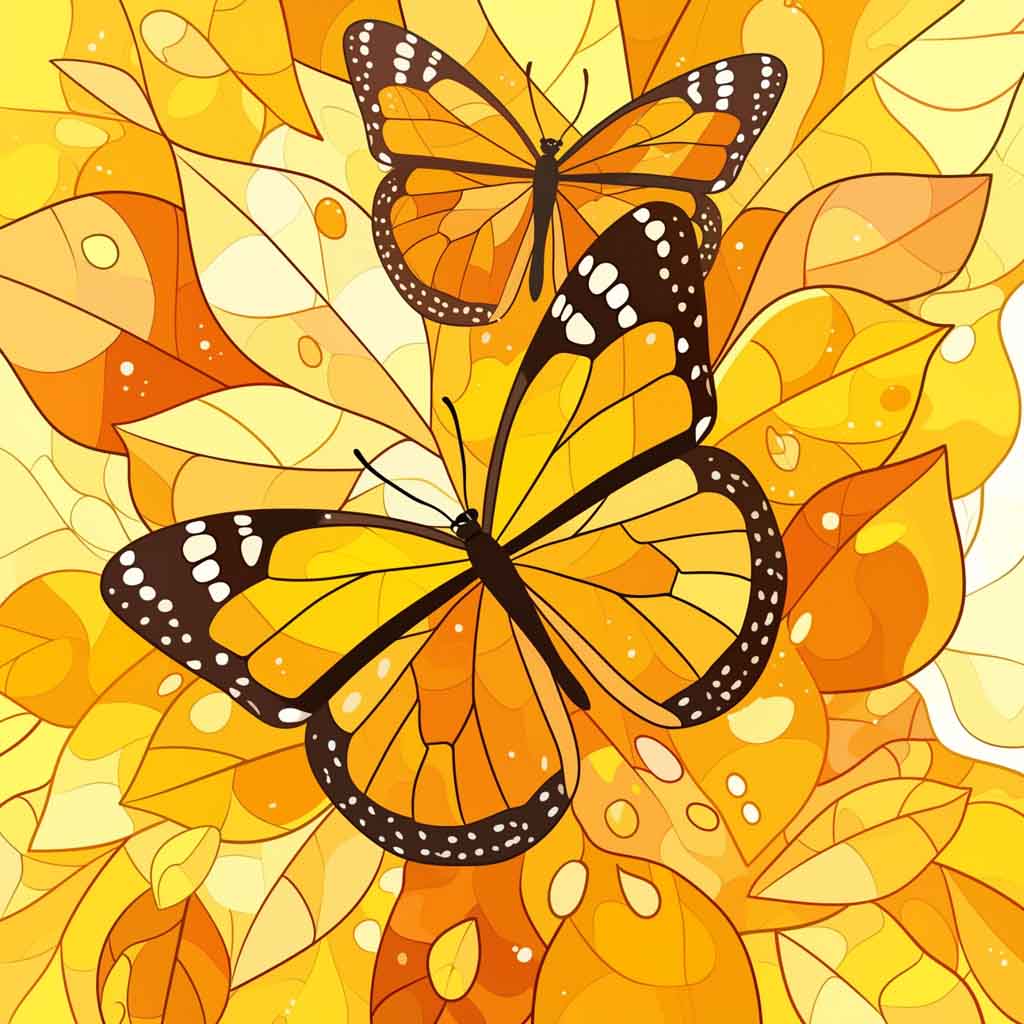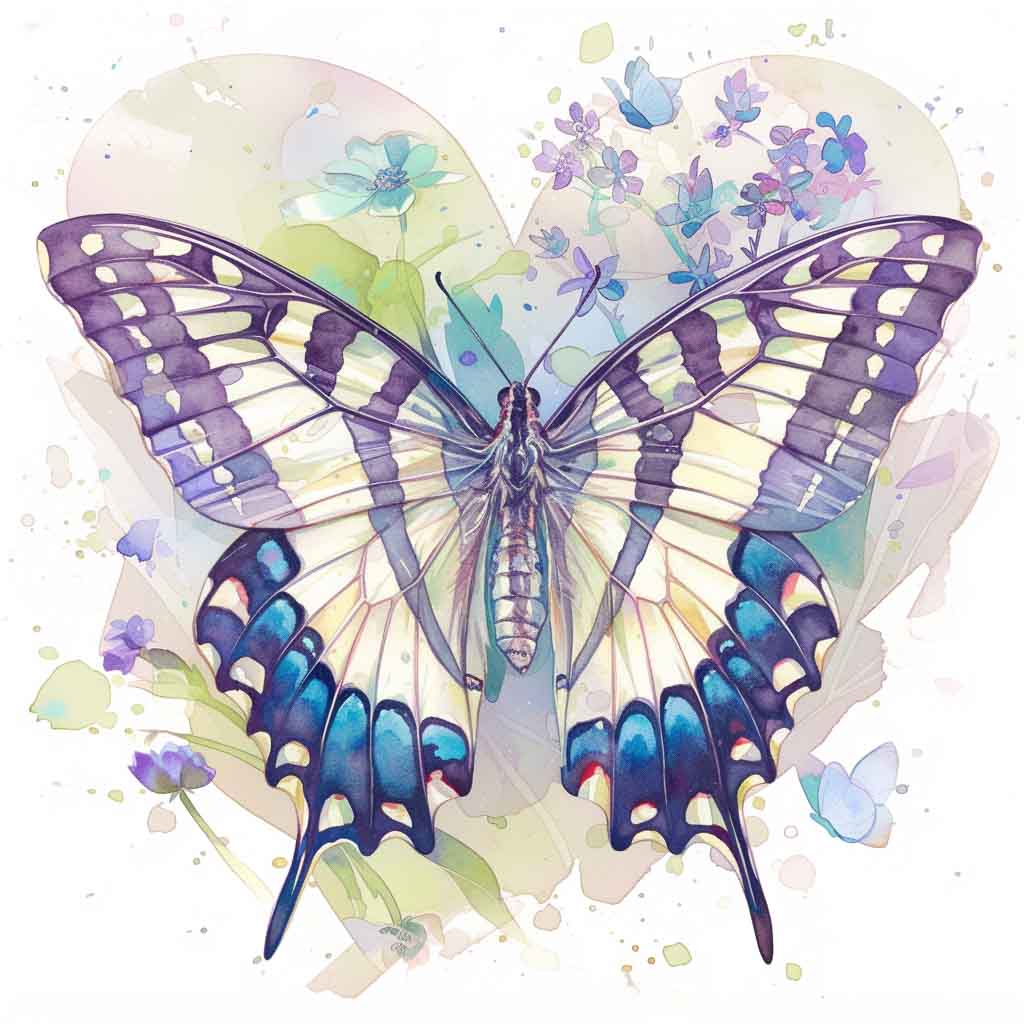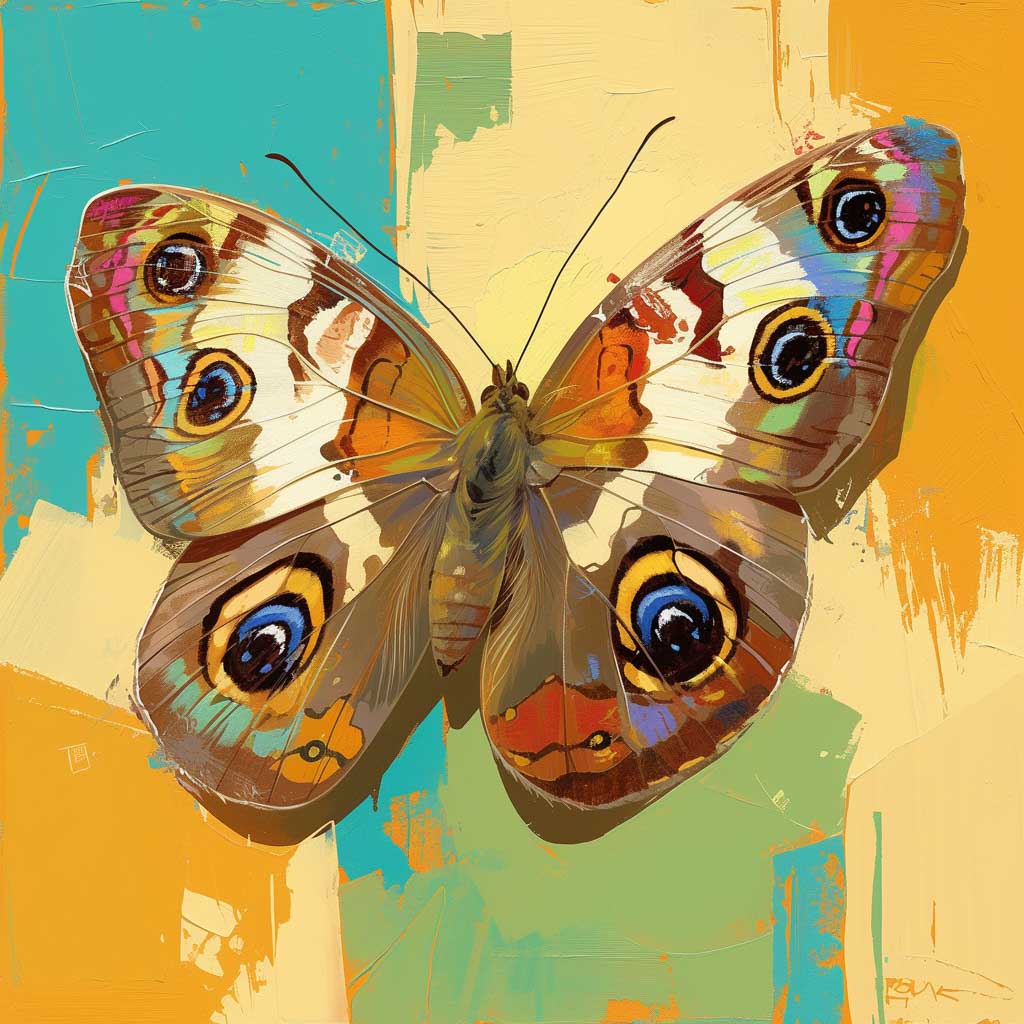On this page, you will find beautiful butterfly coloring pages that are all free to print or download! This collection features many species and styles of butterflies, including the beloved Monarch butterfly, cute and whimsical butterflies, simple butterflies for kids, butterfly gardens, and many more!
These printables are perfect for kids or adults interested in these enchanting, colorful, and delicate insects and looking for something creative to do. Once the coloring pages are complete, you can use them as party decorations, banners, wallpaper, placemats, stencils, and so much more!
To start coloring, click on any of the below images or links to open the free high-quality JPG. Once opened, you can then download or print as many pages as you like.
All of the below pages are on A4 paper size, but they also scale perfectly onto US letter-sized paper, too! Happy coloring!
Using Butterfly Coloring Pages To Educate
When creating butterfly coloring pages that educates children about the parts of an insect, it’s helpful to provide a clear and simple outline with labels. Here’s how you might describe each part for a child to understand as they color:
- Head: The front part of the insect, which includes the eyes, antennae, and mouthparts. The head is where the insect senses its environment and consumes food.
- Antennae: These are long, thin structures on the head that insects use to touch and smell their surroundings, helping them find food and navigate.
- Eyes: Insects may have compound eyes (made up of many small lenses) or simple eyes, which help them see. The eyes are usually prominent and located on the head.
- Thorax: The middle section of the insect’s body, to which the legs and wings are attached. This part helps with movement.
- Legs: Insects have three pairs of legs (six in total), which are attached to the thorax. Legs can be used for walking, jumping, or even swimming.
- Wings (if applicable): Some insects have one or two pairs of wings attached to the thorax. Wings help insects fly and can be of different shapes and sizes.
- Abdomen: The back part of the insect, often segmented and flexible. The abdomen houses important internal organs like the heart, digestive system, and reproductive organs.
- Spiracles: Small openings along the sides of the abdomen used for breathing. They connect to a network of air tubes that deliver oxygen throughout the body.
Including these descriptions as labels on your butterfly coloring pages not only makes the activity educational but also interactive, helping children learn about insect anatomy in a fun and engaging way.



